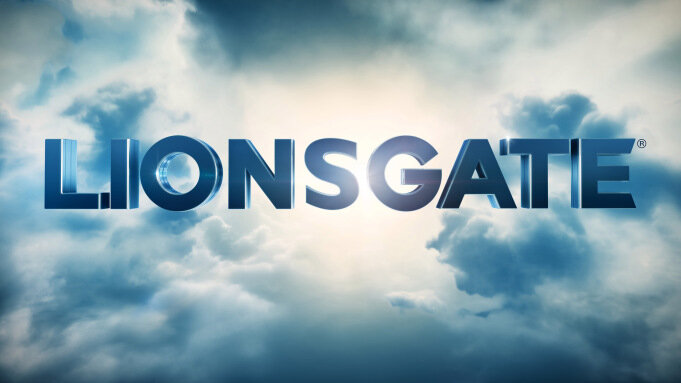Technology has moved far beyond current TV and movie imaging standards. Dolby Vision takes full advantage of what’s possible. This end-to-end solution delivers a dramatically different visual experience that fully expresses the original creative intent. Dolby Vision enhances today’s viewing experiences and is ready for the next wave of innovation from TV, movies, games, and streaming services.
The Dolby format offers a high dynamic range (HDR), meaning a wider range between the whitest whites and blackest blacks in a picture, along with features including a greater contrast ratio and color gamut. It can be projected in theaters with a Dolby Vision projection system that use Christie laser projectors.
Dolby researched human visual perception of luminance changes, then developed a new quantization curve based on those findings. The goal was to specify brightness levels from 0 to 10,000 cd/m2 using 10-bit or 12-bit encoding. The resulting PQ curve, approved as SMPTE Standard 2084, replaces gamma for Dolby Vision image encoding. In post-production, this means the image must be graded twice—one time for the standard P3 color space that most cinema viewers will see, and then again in the PQ format that specifies characteristics of the HDR version. Read this 2014 SMPTE presentation by Dolby Labs researcher Scott Miller for the nitty-gritty.
Disney's Tomorrowland -- the first theatrical release in Dolby VIsion.
Tomorrowland was graded on DaVinci Resolve already has ablility to grade and master in Dolby Vision Format.







